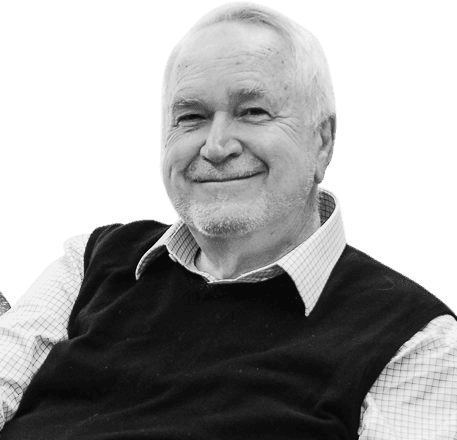Life and achievements
Early life
Edward Soja was born to Polish-born parents on May 4, 1940, in the Bronx, New York. Soja developed an early passion for geographical exploration due to the compacted environment of New York City, where he grew up.
Syracuse University was his first academic institution, and he was motivated by his lecturers, such as Eduardo Mondlane, an African nationalist who inspired Soja toward political geography and development. After receiving his bachelor's degree, Soja continued his education in East Africa, where he researched Kenyan urbanization during the transition to independence.
Soja's early work was in the geography of modernization and the formation of nations in post-colonial Africa. His dissertation, The Geography of Modernization in Kenya, published in 1968, brought him recognition as a young scholar in political geography.
Soja began his academic career by teaching at Northwestern University and doing fieldwork in Africa before focusing on urbanization and spatial theory, especially after joining UCLA in 1972.
Legacy
Edward Soja's work is lodged firmly in the annals of spatial theory and urbanism. Lefebvre's idea of Thirdspace has shifted the thinking of academics and professionals regarding cities, moving from the physical to the abstract and experiencing urban space.
Soja's anti-dualistic synthesis of geography, sociology, political economy, and cultural theories proved beneficial in narrowing the theory-practice divide in urban planning.
Soja played a role in the 'spatial turn' in geography, pushing space back into the center of how society operates. His work was helpful for urban theorists, architects, planners, and political geographers, especially when describing cities like Los Angeles.
Especially in his later works, Soja emphasized how space, as a result of social production, reproduces social injustice, calling for spatial justice, where social justice demands how space is distributed and with what authority.
His scholarship has been influential in critical urban theory and teaching and learning geography, with his ideas applied to issues like gentrification, urban sprawl, and the right to the city.
Not only did Soja touch people's lives through his ideas, but he also guided several doctoral students who are now scholars of considerable standing. The numerous awards given to him after his death, such as the creation of the Edward Soja Memorial Fellowship at UCLA, demonstrate that his work influenced generations to come.
Milestone moments
Mar 12, 1967
Dissertation on Kenya completed
In 1967, Edward Soja completed his dissertation, The Geography of Modernization in Kenya: A Spatial Analysis of Social, Economic, and Political Change, published by Syracuse University Press the following year.
The work was founded on Soja's field studies in Kenya during its transition to independence.
The author sought to explore the impact of modernization on space and social relations.
Published in 1979, this essay represented Soja's early scholarly work and helped lay the foundation for his later work concerning spatial theory in political geography.
Apr 23, 1972
Appointment at UCLA
In 1972, Soja joined the Graduate School of Architecture and Urban Planning at UCLA, which initiated his interest in urban theory.
At UCLA, Soja shifted his research focus from African issues to the urban remapping of Los Angeles and the social construction of spaces in the city.
His work at UCLA enabled him to develop an interdisciplinary perspective on planning, political economy, and spatial theory.
May 16, 1989
Postmodern Geographies published
In 1989, Soja published Postmodern Geographies: The Reassertion of Space in Critical Social Theory.This book was a pioneering work in the spatial turn in geography.
It combined postmodernism with critical social theory to emphasize the role of space in social organization.
This publication established Soja as a critical theorist in urban studies and inspired a generation of scholars in many related fields.
Mar 13, 1996
Introduction of Thirdspace
In 1996, Soja published Thirdspace: Journeys to Los Angeles and Other Real-and-Imagined Places, where he presented his theory of Thirdspace as the integration of real, imagined, and embodied space.
This theoretical innovation deepened the understanding of urban studies and spatial theory by recognizing space as more than a physical reality or geography.
Thirdspace was one of Soja's most significant contributions to the spatial turn and continues to influence urbanism and geography.
